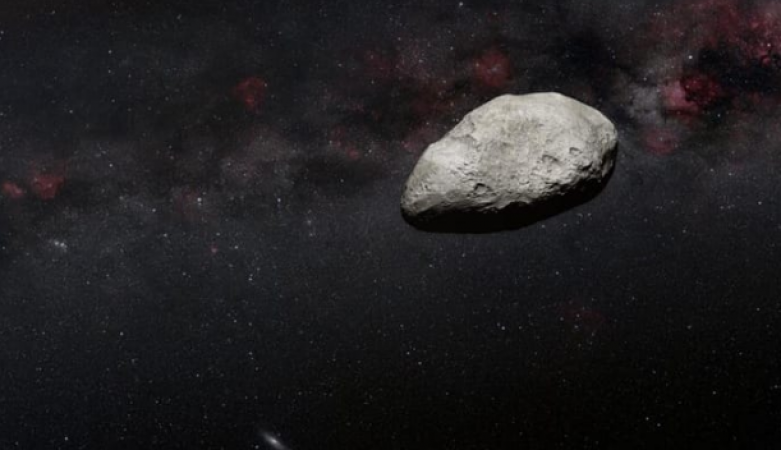
USA: A global team of astronomers from Europe has discovered an asteroid in the main belt between Mars and Jupiter using the James Webb Space Telescope (JWST). According to NASA, the asteroid, which is roughly the size of Rome's Colosseum and ranges in length from 300 to 650 feet, is most likely to be the smallest object to be discovered by the space telescope.
The majority of the asteroids in the solar system are located in the main asteroid belt, which is a doughnut-shaped region. It is roughly halfway between Mars' and Jupiter's orbits. Webb discovered the asteroid entirely by accident. But according to the telescope's most recent observation, it may also "serendipitously contribute to the detection of new asteroids."
From the data used to calibrate Webb's onboard mid-infrared instrument, the asteroid was found (MIRI). The asteroid may be a representative of a sub-kilometer-long asteroid found in the main asteroid belt, which is situated between Mars and Jupiter. To more fully understand the composition and characteristics of the asteroid, more research is necessary.
Also Read: Take these precautions to avoid earthquakes
In publicly available MIRI calibration observations, "we — completely unexpectedly — detected a small asteroid," said Thomas Müller, an astronomer at the Max Planck Institute for Extraterrestrial Physics in Germany. The measurements are some of the first MIRI measurements that target the ecliptic plane, and according to his work, the instrument will be able to find a lot of new objects.
Also Read: Entrepreneur wins Mrs. Universe for the first time as a Russian woman
The recently discovered asteroid is also "one of the smallest detected in the main belt," according to the research team. If Webb's observation turns out to be a brand-new asteroid discovery, it may help us better understand how the solar system formed and developed. However, compared to their larger counterparts, small asteroids have received less attention due to their difficulty in observation.
Also Read: Former Alfa Bank executive could lose his EU citizenship
Although Webb's extraordinary sensitivity allowed us to see this roughly 100-meter object at a distance of more than 100 million kilometres, our detection is located in the main asteroid belt, said Müller. More position information in relation to the background stars would be necessary to determine whether the detected space object is an asteroid that has just been discovered or one that has been known about previously.